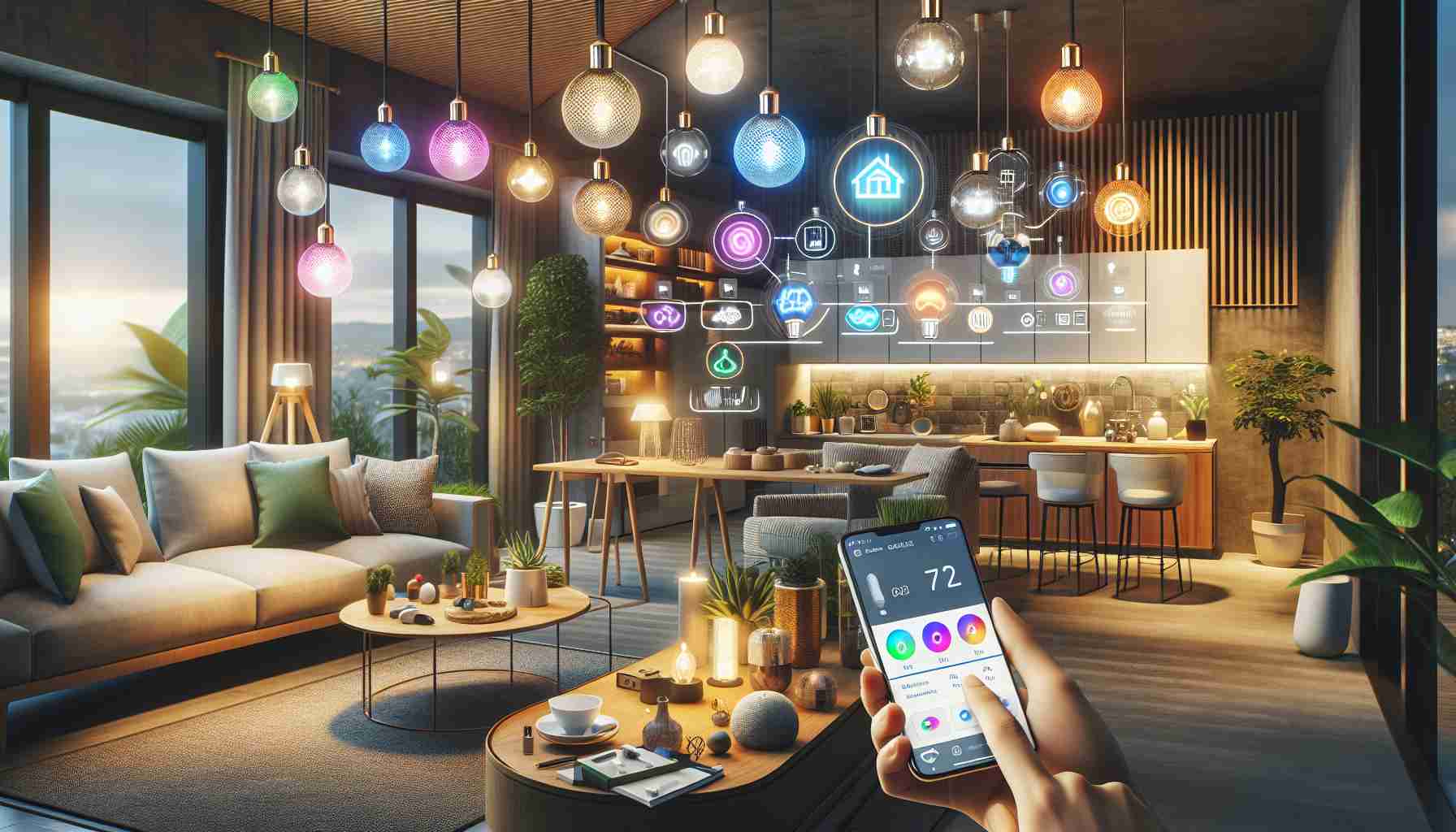For avid users of smart home technology, finding affordable and versatile lighting solutions is essential. Sengled offers an efficient smart floodlight that seamlessly integrates with Amazon Echo devices, including the Echo Plus and Echo Show. Users without these devices will need to utilize the Sengled hub, which connects to their router for optimal functionality. These floodlights are available in a convenient two-pack priced at $22 on Amazon.
When considering options for color-changing floodlights, there are standout competitors in the market. Lifx, an innovative Australian company, consistently impresses with their vibrant and visually striking lighting solutions. Unlike many other brands, Lifx products connect directly to your Wi-Fi network, eliminating the need for a separate hub. Their user-friendly app facilitates easy control and compatibility with major smart assistants such as Siri, Alexa, and Google Assistant, along with IFTTT integration.
Although Lifx floodlights are sold at $30 each, they justify the investment with superior brightness. They outperform numerous competing products by offering hundreds of additional lumens at peak brightness while delivering exceptional color quality. This combination of brightness and vibrant hues makes Lifx floodlights a compelling choice for anyone looking to enhance their smart home lighting setup.
Exploring Smart Lighting Options for Your Home
As the smart home revolution continues to unfold, smart lighting has emerged as a pivotal element in modern home automation. With an increasing array of options available, homeowners face the challenge of choosing the best lighting solutions that not only integrate seamlessly with their existing systems but also provide functionality and aesthetics tailored to their needs.
Key Questions to Consider
1. What are the main types of smart lighting available?
Smart lighting primarily includes smart bulbs, smart switches, and smart fixtures. Smart bulbs, like those from Philips Hue and Wyze, can change colors and can be controlled via apps or voice commands. Smart switches replace traditional light switches to control standard bulbs remotely. Smart fixtures often come integrated with smart technology and offer additional features such as built-in speakers or security cameras.
2. How does installation compare to traditional lighting?
Installation can vary significantly. Smart bulbs usually require simple screw-in installation, whereas smart switches may require electrical knowledge to replace existing switches. In contrast, integrated smart fixtures might require professional installation depending on the complexity.
3. What smart home ecosystems are compatible?
Most smart lighting products are compatible with major ecosystems like Amazon Alexa, Google Assistant, and Apple HomeKit. However, compatibility can vary based on the specific devices and brands, so it’s essential for users to confirm that their chosen products will work with their smart home configuration.
Challenges and Controversies
One of the primary challenges faced by consumers is the fragmentation in smart home technology. Multiple brands using different protocols (Zigbee, Z-Wave, Wi-Fi) create complexities in ensuring all devices work harmoniously together. Moreover, security concerns are prominent, as smart lighting systems can become entry points for hackers if not correctly secured. Users must ensure that their devices have strong passwords and enable security features like two-factor authentication.
Advantages and Disadvantages of Smart Lighting
Advantages:
– Convenience: Smart lighting can be controlled remotely through smartphones or voice commands, allowing for easy adjustments and automation.
– Energy Efficiency: Smart bulbs often consume less power compared to traditional incandescent bulbs, leading to reduced electricity bills.
– Customization: Users can customize colors, brightness, and schedules, enhancing the ambiance of their home for various occasions.
Disadvantages:
– Cost: Initial investment in smart lighting can be higher than traditional options. While prices have been decreasing, the cost of hubs and devices can still add up.
– Reliability: Smart lighting systems require a stable internet connection and may face issues if the network is down or if there are compatibility problems.
– Learning Curve: For those unfamiliar with technology, setting up and getting accustomed to smart lighting systems can be challenging.
Final Thoughts
Smart lighting is an exciting avenue for enhancing home automation. As technology continues to evolve, consumers can expect more user-friendly designs, lower prices, and enhanced functionality. Understanding the various options and their implications can help homeowners make informed decisions for their smart lighting needs.
For more information on smart lighting options and innovations, visit link to Sengled and link to Lifx.












